Use this worksheet to demonstrate an understanding of the concept of a ratio and use ratio language to describe a relationship between two quantities.
What Is a Ratio?
A ratio is a way of comparing two or more values. It is usually expressed as a pair of numbers separated by a colon, for example, 3:2 or 2:5. It can, however, be represented with the word “to” and as a fraction. The numbers in the ratio represent the relative sizes of the quantities being compared. For example, a ratio of 3:2 means that for every 3 units of the first quantity, there are 2 units of the second quantity. Ratios can be used to compare many different types of quantities, including lengths, weights, and time intervals.
You can also express ratios as fractions. So, the ratio 3:2 would be written as 3/2 in fraction form.
Ratios can be simplified just like fractions. By dividing both the numerator and denominator of a ratio by a common factor, you can create a new ratio that is equivalent to the original ratio but which has smaller numbers.
A ratio can also be described by using the word “to.” For example, the ratio 3:2 can be written as 3 to 2.
If your students are in need of additional practice creating ratios, Teach Starter has created a word problem worksheet to strengthen their understanding of this concept.
An answer key is included with your download to make grading fast and easy!
Tips for Differentiation + Scaffolding
In addition to independent student work time, use this worksheet as an activity for:
- Guided math groups
- Lesson warm-up
- Lesson wrap-up
- Fast finishers
- Homework assignment
- Whole-class review (via smartboard)
If there are students who need a bit of a challenge, encourage them to list two equivalent ratios for each answer.
For students needing support, invite them to reference previous assignments, posters, or anchor charts to remind them how to create a ratio.
🖨️ Easily Download & Print
Use the dropdown icon on the Download button to choose between the PDF or editable Google Slides version of this resource.
Because this resource includes an answer sheet, we recommend you print one copy of the entire file. Then, make photocopies of the blank worksheet for students to complete.
To save paper, we suggest printing this 2-page worksheet double-sided.
Turn this teaching resource into a sustainable activity by printing on cardstock and slipping it into a dry-erase sleeve. Students can record their answers with a whiteboard marker, then erase and reuse them.
Additionally, project the worksheet onto a screen and work through it as a class by having students record their answers in their notebooks.
Get more worksheets to have handy!
This resource was created by Cassandra Friesen, a teacher in Colorado and Teach Starter Collaborator.
Don’t stop there! We’ve got more activities to shorten your lesson planning time:
[resource:4886365] [resource:4873891] [resource:4867895]
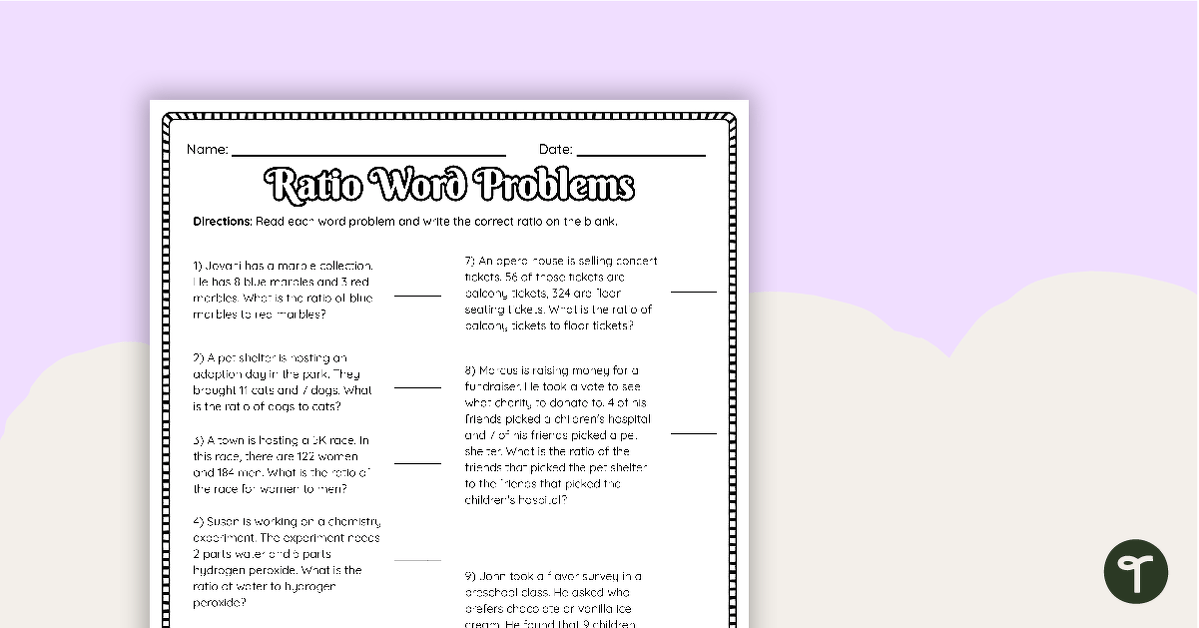

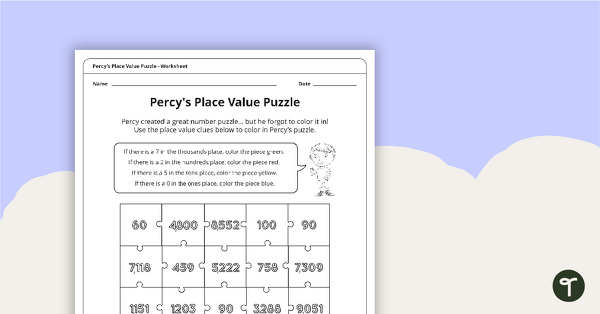
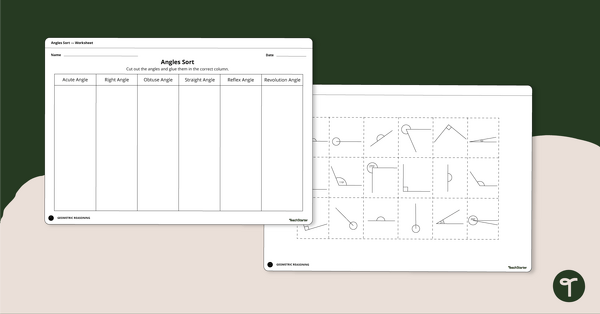
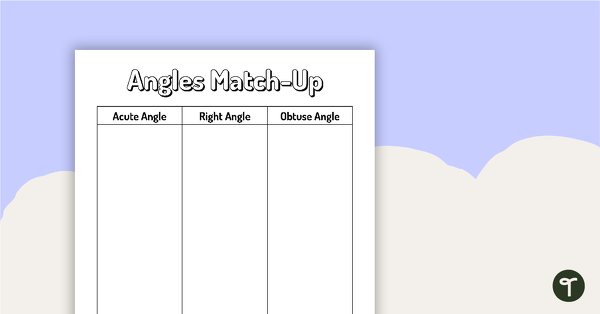
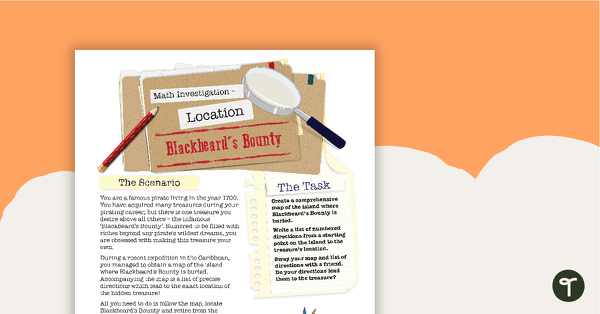
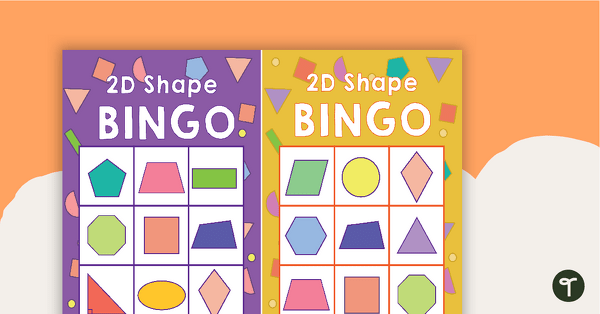
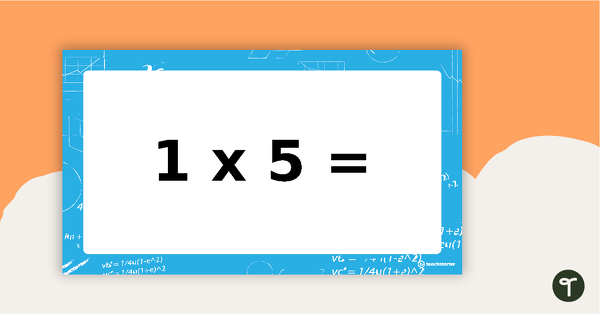
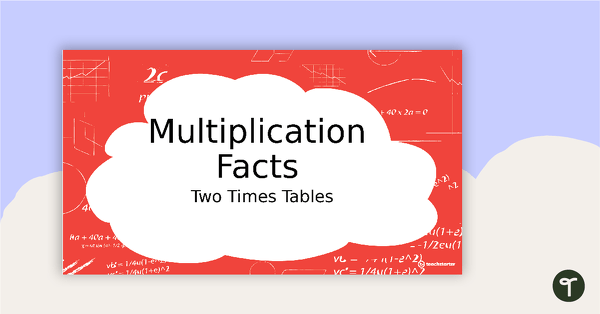
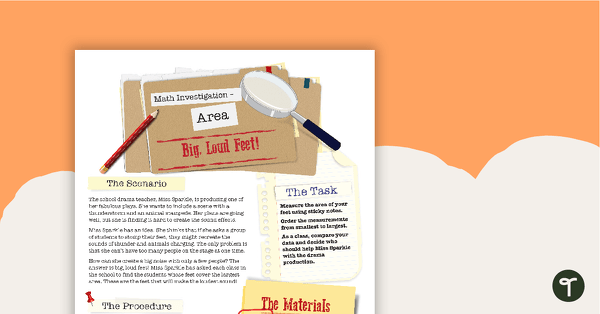
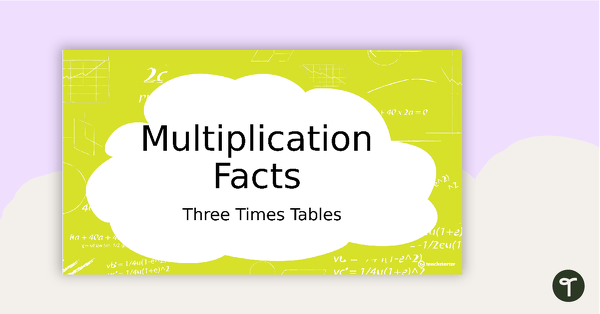
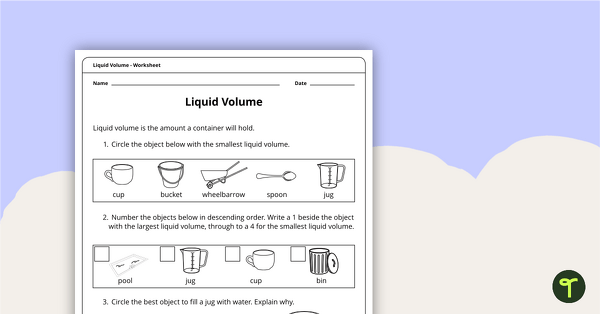
0 Comments
Write a review to help other teachers and parents like yourself. If you'd like to request a change to this resource, or report an error, select the corresponding tab above.